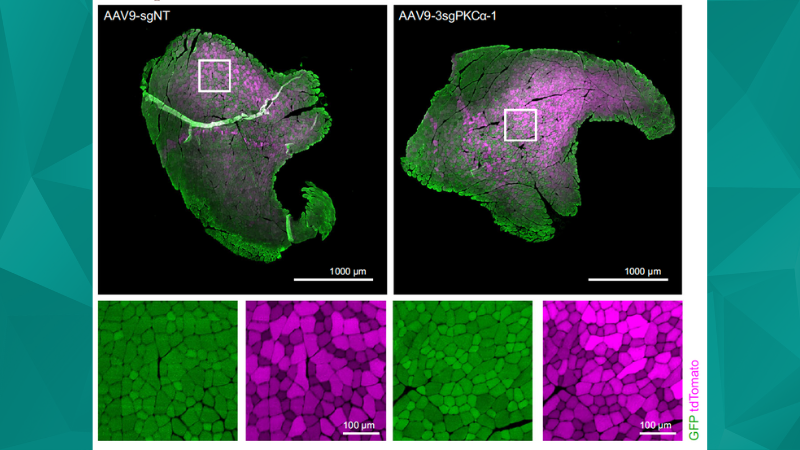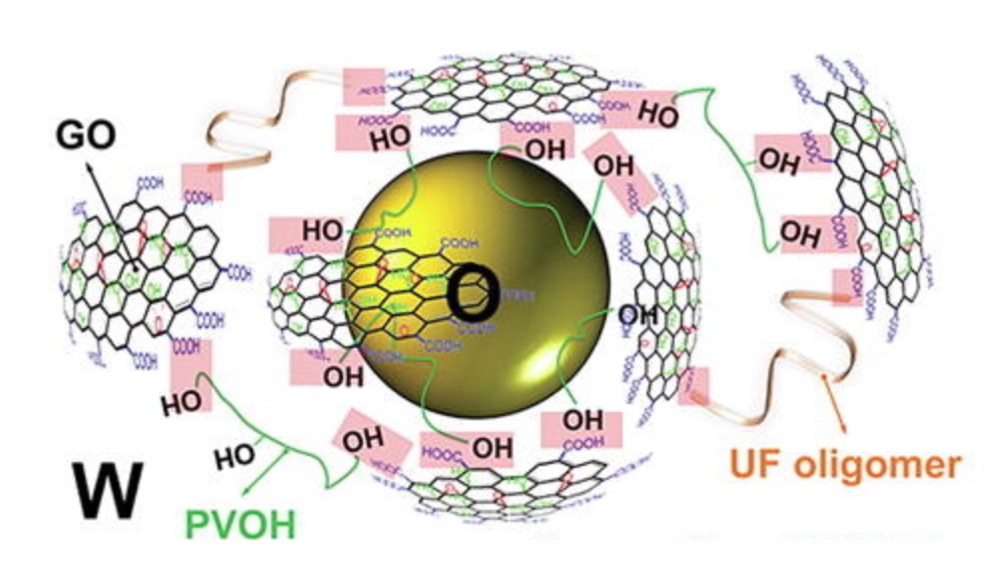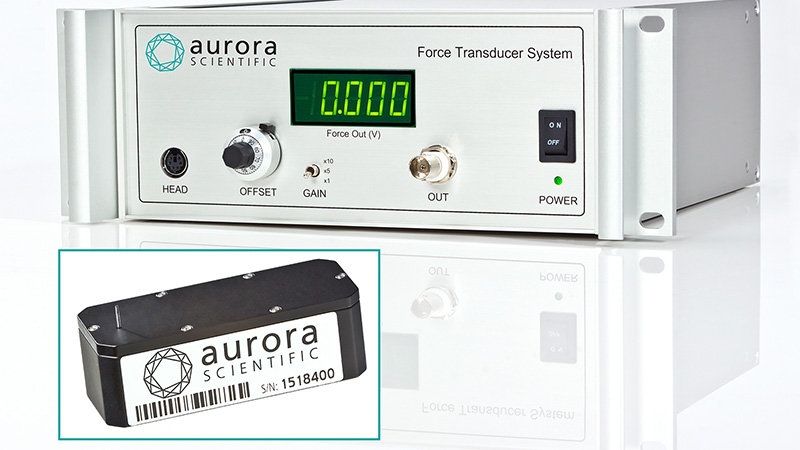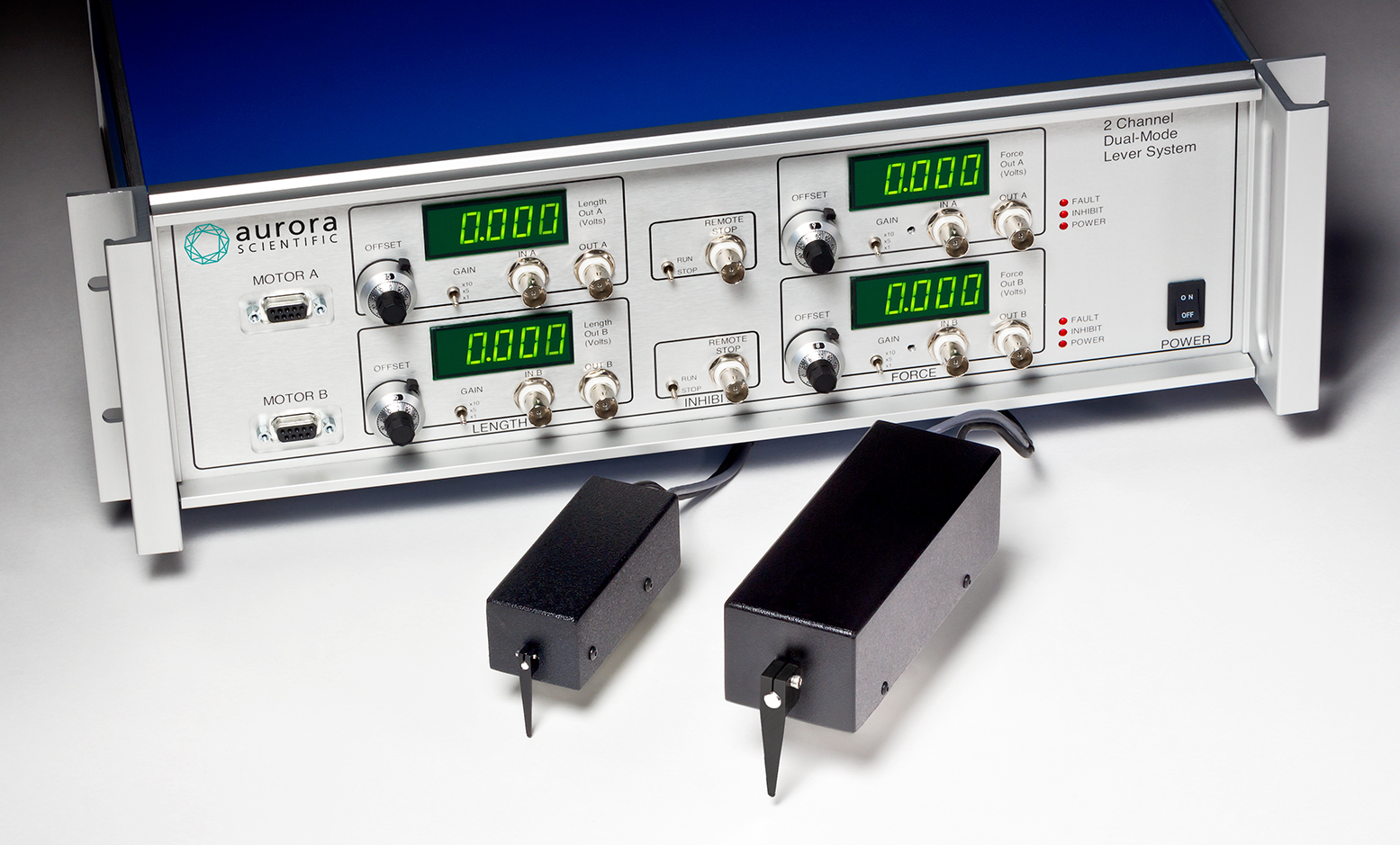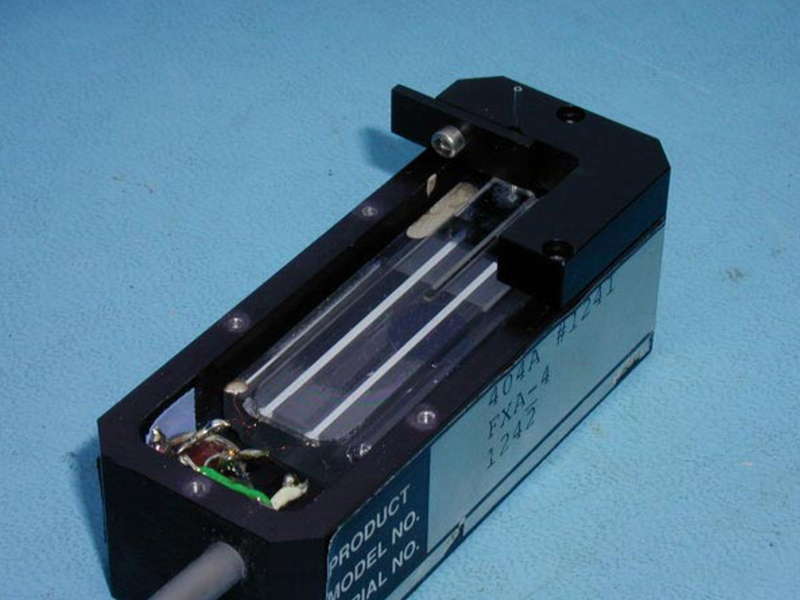Calling in Reinforcements: Tube Repair of an ASI 400 Series Force Transducer
A step-by-step tech cast on how to perform a tube repair for Aurora Scientific's 400 Series Force Transducers, Katherine will share tips, tricks and best practices for best ...
Nociceptive November
In honour of SfN 2025 this week in San Diego, we’re embracing a pinch of “Nociceptive November” by diving into the nitty-gritty of touch, pain, and everything in between. From brain–computer ...
Best of 2023: Across Countries and Applications
2023 has proved to be a particularly fruitful year for scientific discovery, with a multitude of pioneering studies spanning continents and disciplines. From the intricate workings of muscle ...
How to calibrate an Aurora Scientific High Speed Length Controller using HVSL
Our 315D & 322D models of High-Speed Length Controllers are routinely used by researchers studying small tissue samples such
Long-Term Evaluation of Functional Outcomes Following Rat Volumetric Muscle Loss Injury and Repair
Tissue-engineered muscle repair (TEMR) technology is used to facilitate the regeneration of muscle by providing a favorable microenvironment for regenerative growth. This is done by seeding muscle progenitor cells (MPCs) onto a porcine bladder acellular matrix (BAM), which is then implanted into the animal. Although tissue-engineered constructs are a good restorative option for volumetric muscle loss (VML) injuries, the variability between different muscles poses a challenge in creating fully compatible constructs. This study focuses on improving the matching geometry of TEMR to the TA muscle, specifically, in the rat animal model. Using Aurora’s 1305A 3-in-1 Whole Animal System, an in vivo analysis of peak isometric torque was conducted. At 6 months post VML injury, 67% of TEMR-implanted rats showed significantly greater peak isometric torque compared to other treatment groups. Moreover, 38% of TEMR responders reached approximately 90% of the maximum force production, thus demonstrating near full recovery. In addition to functional assessment, the authors conducted histological and immunofluorescence analyses. Fiber cross sectional area (FCSA) was quantified in both the experimental and control TA muscles of maximum responder rats. It was found that the median FCSA was lower in the experimental TA muscles than in the TA muscles of the control leg. Vascularization and macrophage counts were also assessed, although no significant differences were found. This study highlights the importance of adapting and improving existing tissue engineering technology to allow for optimal treatment of VML injuries in various muscles.
Tips and Tricks for Troubleshooting the 300C Dual-Mode Muscle Levers
Here we will cover some of the more common issues that researchers encounter when using our Dual-Mode Lever System. If
Cell Deformation and Mechanical Force Stimulation to Study Cellular Structure and Function
Cells are constantly experiencing mechanical forces, whether from the external environment, cells around them, or internal physiological changes. These
Microcapsule Stability and Permeability; Evaluating Mechanical Properties to Improve an Essential Technology
Microencapsulation has an extensive array of applications that can improve the stability of active chemicals and provide controlled release
Actuator Design and Testing for Dynamic Applications
For researchers interested in the design and fabrication of actuators, performance assessment is a primary concern. How does the
Sometimes two is better than one…
Muscle levers and force transducers have long been critical research tools for measuring the mechanical and functional properties of
How to Calibrate Your Dual-Mode Lever System Using DMC
This blog is intended to navigate you through the process of calibrating your 300C Dual-Mode Muscle Lever Series using Dynamic
Performing a Tube Repair of an ASI 400A Force Transducer
The procedure for replacing a broken output tube involves removing the broken tube and the glue used to hold



